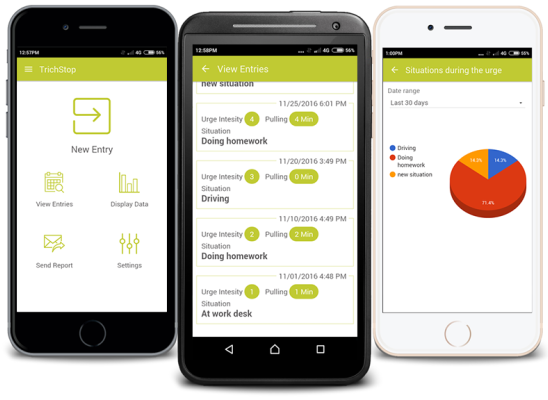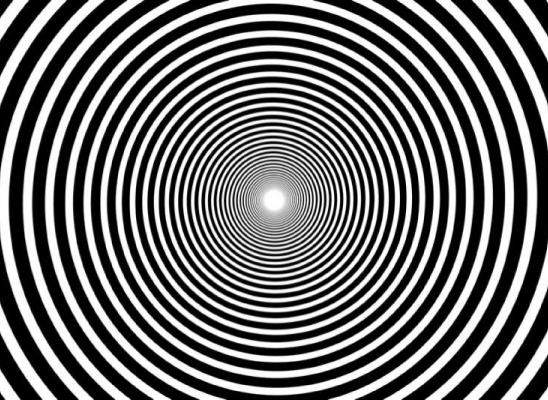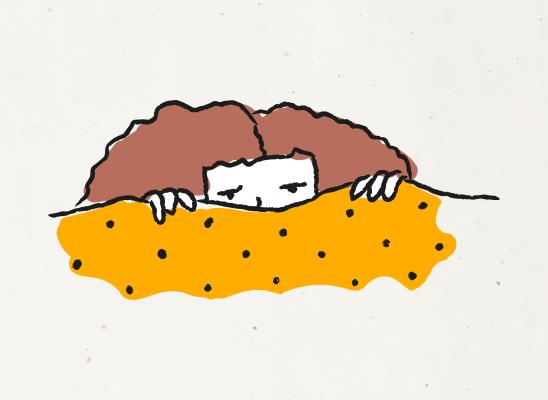Trichotillomania Psychotherapy Methods

Online test
Find out the severity of your symptoms with this free online test
Trichotillomania is one of those disorders that can make the sufferer feel that he or she is completely isolated. After all, one of the more crippling aspects that go with trichotillomania is the deep social stigma that it tends to carry – if a person is known as someone who pulls his or her own hair out, such a designation does carry some unfortunate baggage.
In a way, this strong sense of isolation that trichotillomania can bring is a bit on the ironic side. As much as a person that suffers from the disorder would like to cease pulling hair (and in some cases eating it as well), it is nearly impossible to overcome the disorder on an individual basis. Indeed, tackling trichotillomania is something where the help of a trichotillomania expert is very much needed.
The Importance of a Trichotillomania Specialist
Fortunately for the person that is suffering from the disorder, there is such a thing as a trichotillomania specialist. More and more mental health professionals are learning how to diagnose and treat trichotillomania in a way that is positive, encouraging, and ultimately empowering for the person that is suffering from the disorder. And while a trichotillomania doctor may have several methods of treatment for a person suffering from the disorder to choose from up his or her sleeve, it is this sense of comforting assurance offered that ultimately plays an enormous role into overcoming it and its issues. After all, one of the biggest blows that trichotillomania can deliver is the hit to a person’s sense of social-driven self-worth; having a trichotillomania specialist or a trichotillomania counseling group as an advocate for that person will go a long way into helping to lessen this type of impact.
Types of Trichotillomania Therapy Methods
There are several different methods of trichotillomania treatment that can be utilized.
Perhaps the most well-known treatment is cognitive behavior therapy, also known as CBT. This therapy is one that sets out to alter behavior through pinpointing the exact factors that trigger a disorder such as trichotillomania and figuring out ways to block or disrupt those triggers. The thought behind CBT is simple. Namely, as a person practices new behavioral patterns in response to familiar situations or emotions, the physical structure of his or her brain shifts, developing new neural pathways in the process. As these patterns become more repetitive, these new responses become automatic. By this rationale, CBT seeks to allow the brain to more or less re-program the brain into reacting differently to familiar scenarios. In the case of people suffering with trichotillomania, acts ranging from simple tricks like putting bandages on fingers to obstruct the pulling of hair to more large-scale solutions such as altering environmental cues can work toward shifting away from old habits.
Another therapy known as Habit-Reversal Training (HRT) is an offshoot of CBT. Developed in the 1970s, HRT uses a three-pronged approach to treating trichotillomania. The three prongs in the approach are as follows:
- Awareness training – This consists of assisting the person with focusing on the circumstances that tend to cause hair pulling. The thought behind this is to enable the person suffering from the disorder to develop awareness as to when the urge to pull hair may occur in order for them to safeguard themselves from such urges.
- Competing Response Training – This consists of teaching the person suffering from the disorder to switch out a response for hair pulling with a response that is completely incompatible with hair pulling. An example of this would be for the person to ball his or her hands up into fists and tuck them behind crossed arms in order to make it impossible for the hand to pick hair.
- Social Support – As one may guess, this step involves bringing in family, friends, and other loved ones into the treatment process as a means to provide positive feedback to the individual, up to and including being there to provide encouragement when the person suffering from the disorder ends up in a trigger situation.
Another prominent treatment is Acceptance and Commitment Therapy. This treatment asks that the person that suffers from trichotillomania goes through the experience of the urge that comes with pulling hair, accepting the urge, and letting the urge pass without acting upon it. They are also asked to experience the kinds of negative emotions that accompany hair pulling as something that does not have to have an associative action. The rationale behind this particular type of therapy is to allow the person suffering from the disorder to have the notion that he or she does not have to respond to an urge or an emotion that may trigger such an urge.
A fourth type of treatment, Dialectical Behavior Therapy (DBT), is a newer treatment that seeks to regulate emotional responses through means of tolerance, acceptance, and mindful awareness. The principles behind this type of therapy have roots that are somewhat shared by Buddhist meditative practices.
Therapy via hypnosis is another treatment that is sometimes used to alleviate trichotillomania. However, because this kind of treatment has not necessarily been tested out scientifically, it is best to explore such treatment cautiously.
Safety in Numbers - Group Therapy
While these treatments are primarily based on an individual basis, the option of group therapy is also something that is considered to be quite effective in treating trichotillomania. Rather than having an individual go through the process of treatment by themselves, group therapy serves to give him or her a reminder that he or she is not alone in this type of battle. The power of opening up and expressing feelings of frustration or guilt amongst peers that may share the same feelings can be liberating, which could in turn yield positive results.
Regardless of what treatment a person suffering from trichotillomania chooses, the important thing is that some treatment does in fact get selected. This disorder is best dealt with getting some sort of expert or counselor involved, as opposed to trying to solve its mysteries on your own.
Online test
Find out the severity of your symptoms with this free online test
Start your journey with TrichStop
Take control of your life and find freedom from hair pulling through professional therapy and evidence-based behavioral techniques.
Start Now



